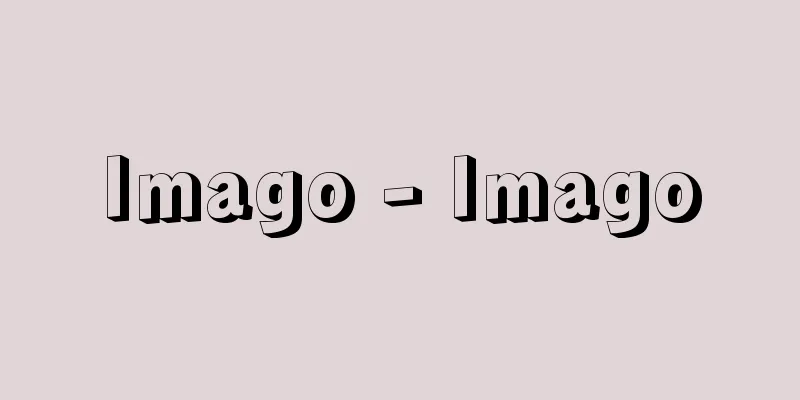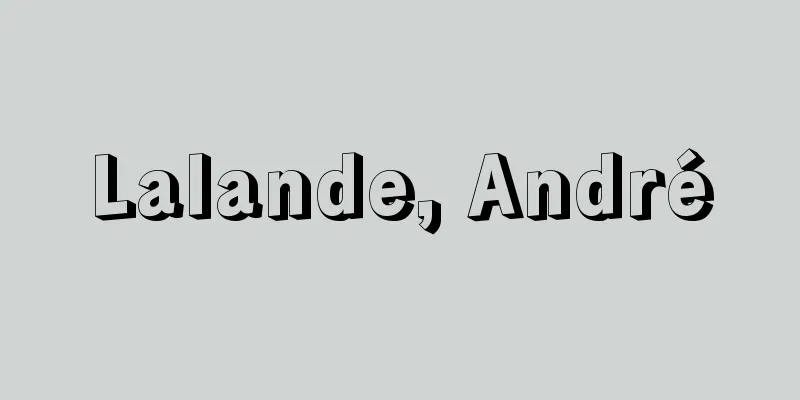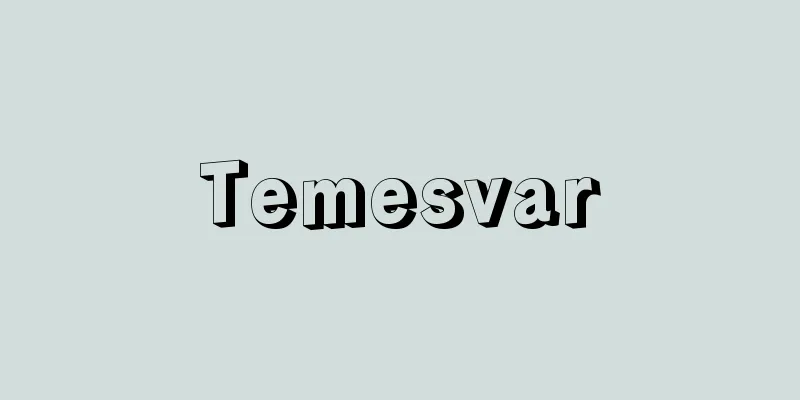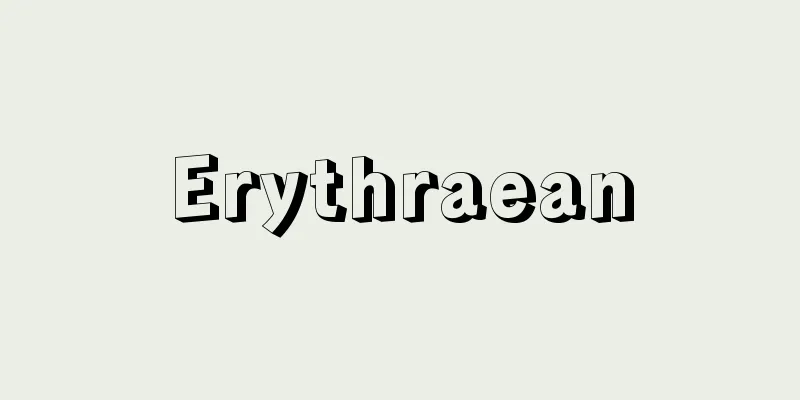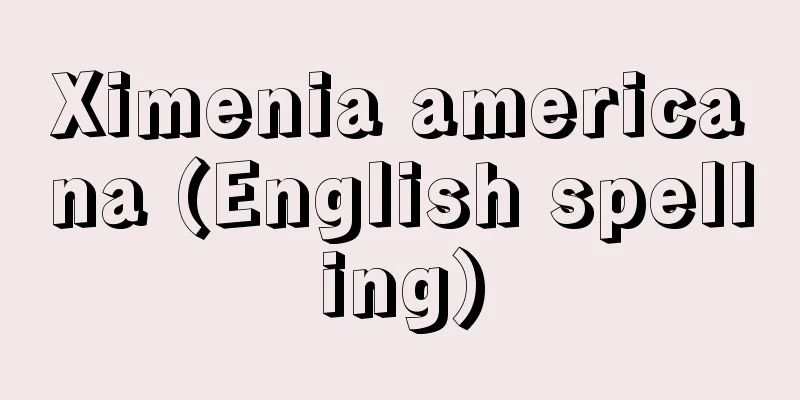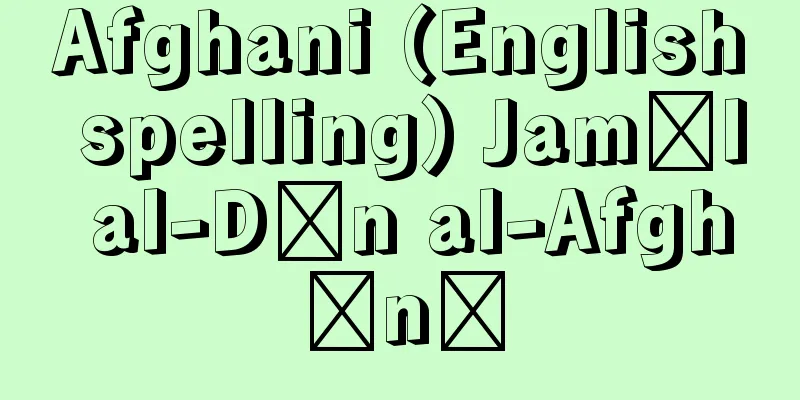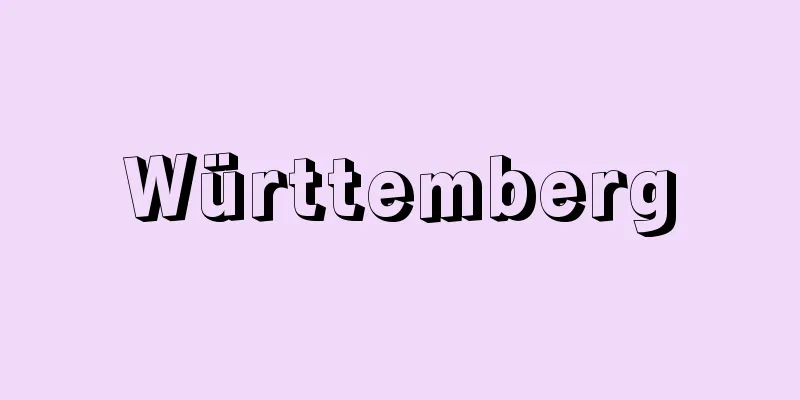Hydrides - Swiss rhododendron
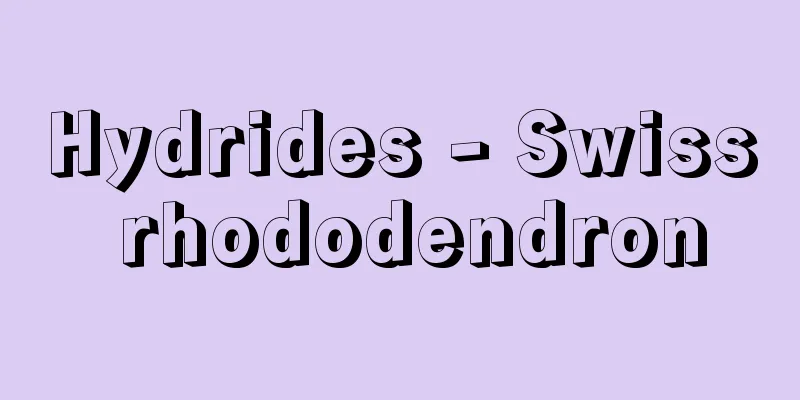
|
This refers to a binary compound of hydrogen in which hydrogen is the electronegative component. In a broader sense, it refers to all compounds of hydrogen and other elements, including cases in which hydrogen is the electropositive component, such as H 2 S and NH 3. They are classified as follows: [ I ] Nonmetallic hydrides: Hydrides of boron and elements in groups 14 to 17 of the periodic table. Most are covalently bonded molecules, and many are gaseous at room temperature, with low melting and boiling points. However, hydrocarbons with large molecular weights and bonds between carbon atoms are an exception. In cases where hydrogen bonds exist between molecules, such as water and ammonia, the melting and boiling points may be higher than expected. In hydrides of elements of the same group (in the broad sense), the lower the electronegativity of the element, the more unstable it is. For example, HI is less stable than HCl, and H 2 Te is less stable than H 2 S. [ II ] Metallic hydrides: Source: Morikita Publishing "Chemical Dictionary (2nd Edition)" Information about the Chemical Dictionary 2nd Edition |
|
水素の二元化合物で,水素が陰性成分となるものをいう.広義には,H2S,NH3など水素が陽性成分となる場合も含め,水素とほかの元素との化合物すべてをいう.次のように分類される.【Ⅰ】非金属水素化物:ホウ素および周期表14~17族元素の水素化物.多くは共有結合性分子で,常温で気体のものも多く,融点,沸点も低い.ただし,炭素原子間の結合がある分子量の大きい炭化水素は例外である.水,アンモニアなど,分子間に水素結合が存在する場合は,予想より高い融点,沸点を示すこともある.同族元素の水素化物(広義)では,その元素の電気陰性度が低いほうがより不安定である.たとえば,HIはHClより,H2TeはH2Sより不安定である.【Ⅱ】金属水素化物: 出典 森北出版「化学辞典(第2版)」化学辞典 第2版について 情報 |
<<: Hydrocracking - Swiss Chemical Industry
>>: Sodium Hydride - Sodium Swiss
Recommend
Okahara Kannon-do
…The cultivation of rice, tobacco, rush grass, me...
Kutani ware
Ceramic ware produced in Ishikawa Prefecture. Thi...
Filling (address) - assignment
...In particular, since it was often used to mean...
Karasawayama
A mountain located in Sano City, southwest of Toch...
Ono Castle
This mountain castle from the Azuchi-Momoyama peri...
Eison
Year of death: 25th August 1290 (29th September 12...
Kruger, Stephanus Johannes Paulus
Born: October 10, 1825, Cape Colony Died: July 14,...
Toshiyuki Majima - Majima Rico
Born: November 13, 1874 in Kyoto [Died] August 19,...
Head - Leader
〘noun〙① The person who manages a renga (linked ver...
Elizabeth
She was the mother of John the Baptist and a relat...
Oyama [town] - Oyama
A former town in Kamishinikawa County in the south...
"Dutch Earth Illustration" - Holland Earth Illustration
…Japanese astronomy, which had traditionally foll...
Kishyuusuzumenohie - Kishyuusuzumenohie
...It is distributed in Japan from Honshu to the ...
Chronicles of Emperor Daigo
Also called "Engi Goki." Diary of Empero...
Stop fertilizer - Tomegoe
This refers to the last fertilizer applied among t...
